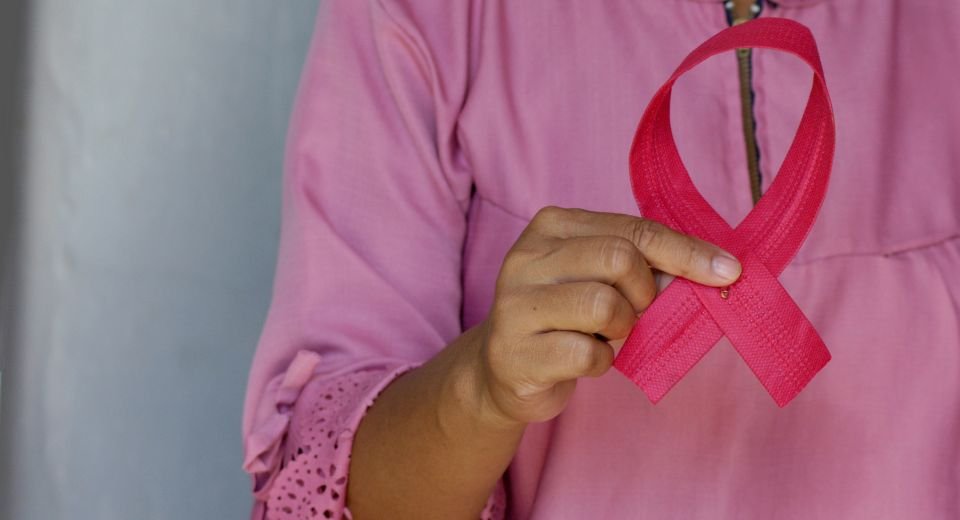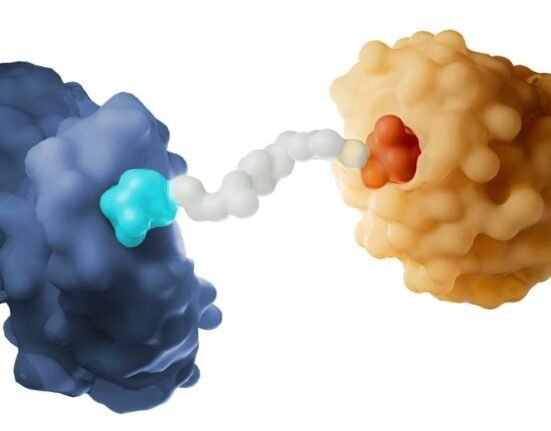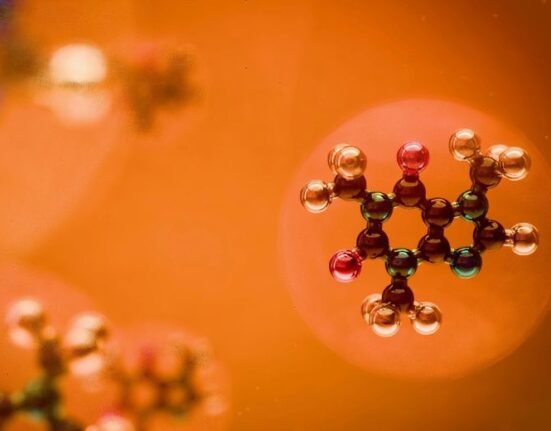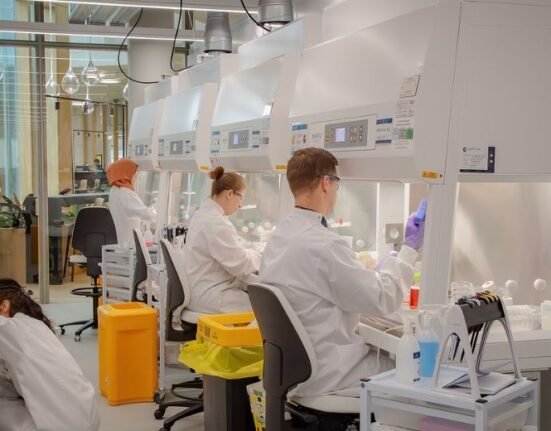HQ Team
December 30, 2024: Researchers have identified a strong link between plastics and the rising incidence of breast cancer.
Breast cancer has emerged as the most common cancer worldwide, with increasing rates noted especially among younger adults under 50. The well-studied risk factors for cancer are having fewer children and genetic predisposition, but the increasing incidents cannot be attributed to these reasons.
Now researchers are investigating the role of environmental chemicals and plastics in consumer products, food, and water as potential contributors to this alarming rise.
Identifying harmful chemicals
A comprehensive study conducted by scientists at Silent Spring Institute identified 920 breast cancer-relevant chemicals (BCRCs). Among these, nearly half—414 chemicals—are commonly found in plastics, as reported in the journal Environmental Science & Technology Letters.
These substances are prevalent in everyday items such as food packaging and personal care products, leading to widespread exposure in the general population.
The study categorized these chemicals based on their potential to cause harm:
- 98 were shown to induce mammary tumors in rodent studies.
- 188 were linked to increased estradiol synthesis.
- 132 were associated with heightened progesterone levels.
- 149 activated estrogen receptors, a well-documented pathway for breast cancer development.
The environment and health
The implications of these findings extend beyond individual health; they highlight a significant public health crisis exacerbated by environmental negligence. Ruthann Rudel, research director at Silent Spring Institute, emphasized that manufacturers often lack awareness of the specific chemicals used in their products. “And by prioritizing chemicals that increase breast cancer risk, a global agreement could have a big impact on reducing exposure to substances that are likely contributing to a disease that overwhelmingly impacts women around the world,” Rudel said.
Thus, regulatory action must focus on reducing the production and use of these harmful substances rather than merely addressing the products themselves
Global response
As discussions unfold, experts stress that prioritizing the reduction of chemicals linked to breast cancer could have a profound impact on public health. By targeting these substances through international agreements, countries can collectively work towards minimizing exposure to carcinogens that disproportionately affect women worldwide
The intersection of plastic pollution and breast cancer presents an urgent call for action. At the fifth session of the Intergovernmental Negotiating Committee (INC-5) for the UN Plastics Treaty, Inger Andersen, executive director of the UN Environment Programme (UNEP), highlighted the critical nature of the problem, stating that humanity’s reliance on plastics has led to an unprecedented increase in waste that threatens health and environmental integrity.








